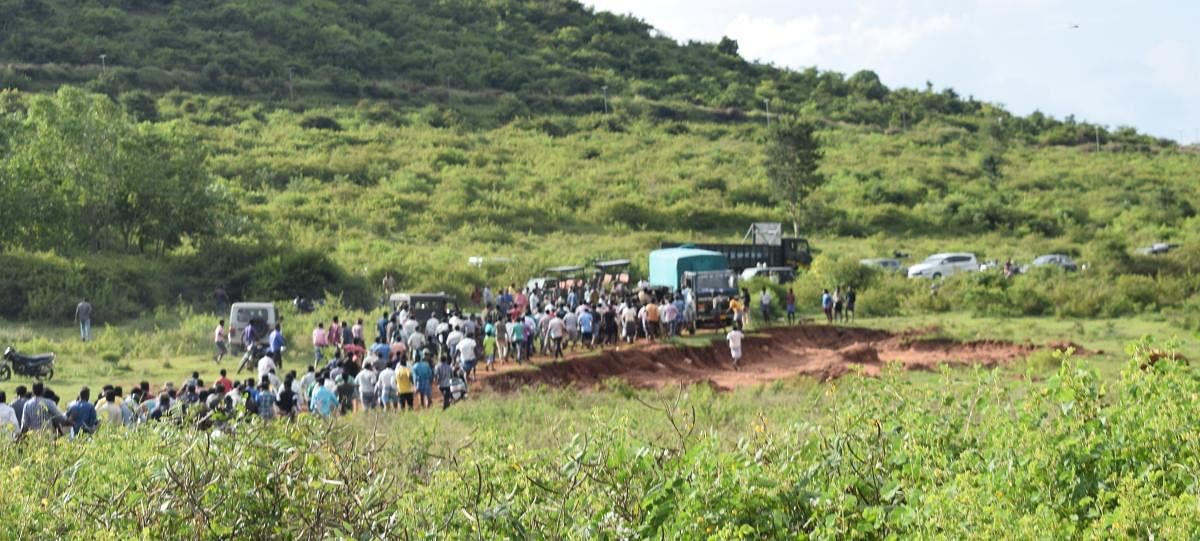
Wildlife activists who had confronted the forest department on its issuance of a “shoot or capture order” of the Bandipur tiger last week said that they felt vindicated that the animal was captured alive.
“The fact that the animal was not killed shows that our appeals to forest officials had the intended effect,” said Arun Prasad, a social activist.
Prasad, along with other wildlife activists had confronted Principal Chief Conservator of Forests (Wildlife) Sanjai Mohan at his office on Wednesday about the Forest Department’s “shoot or capture” order, prompting Mohan to promise that every effort would be made to capture the animal alive.
The tiger was tranquilized at 2.30 pm on Sunday and transferred to a rehabilitation centre at the Mysore Zoo in the evening. With the animal in custody, activists and conservationists are now asking: what next?
‘Good, but a tad late’
Joseph Hoover, a Bengaluru-based conservationist who was in Bandipur till Friday, congratulated the forest department on its capture of the animal. However, he said that the department should have captured the animal after it caused the first death: 55-year-old Shivamadaiah, a farmer from Chowdahalli village on August 29.
Hoover, who was with the search party on Thursday night, recounted how their group of 80 people heard the tiger growling in the underbrush around them, but could not identify where the animal was hiding.
“The tiger could have been captured on Thursday if the department had infrared (IR) equipment,” he said.
He called upon the government to invest in IR-equipment and appoint full-time veterinarians trained to use tranquilizer guns at nature reserves, to help address future problems.
“We have not seen the last of these problems. The tiger population has increased, wildlife habitats are shrinking and because of incidents of animal-human conflicts, some 30 to 40% of all tigers in India are now in sanctuaries or zoos,” he added.
Prasad, meantime, said wildlife activists will be watching to ensure that the forest department adheres to National Tiger Conservation Authority (NTCA) guidelines, which includes DNA testing of the captured animal to verify that it was responsible for the attacks.